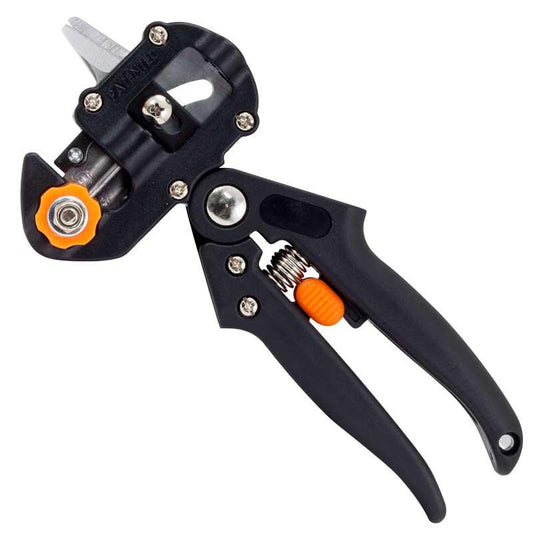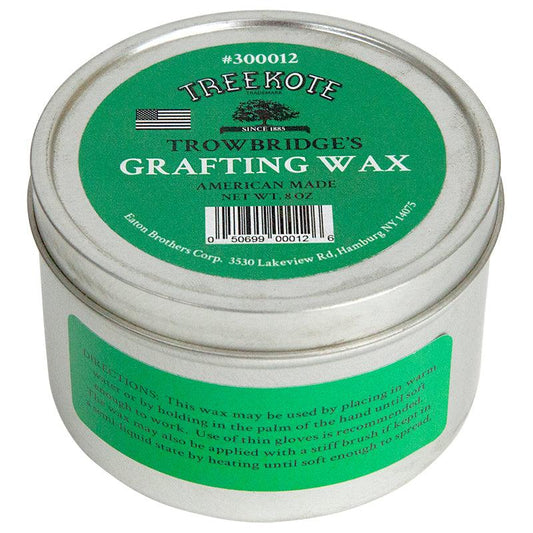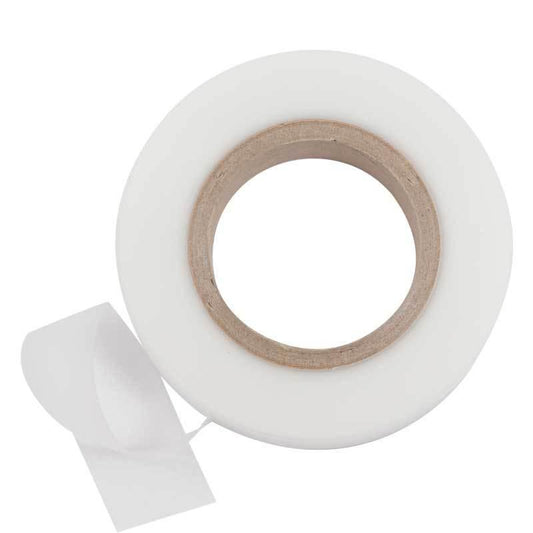Introduction: The Art and Science of Rootstock Grafting
Grafting is one of horticulture’s oldest and most powerful techniques. By joining the root system of one plant (called the rootstock) with the upper portion of another (the scion wood), growers can produce strong, fruitful trees with enhanced traits. This process—known as grafting onto rootstock—is essential for controlling tree size, boosting disease resistance, improving cold hardiness, and ensuring long-term productivity.
Whether you’re planting a backyard orchard or managing a commercial operation, mastering rootstock grafting helps you grow healthier, more productive trees that thrive in your soil and climate. This guide covers everything you need to know: how to choose rootstock for grafting, how to graft onto rootstock, and expert insights on achieving successful grafts.

Why Trees Are Grafted Onto Rootstock
1. Size Control and Tree Management
A major reason for grafting on rootstock is to control tree size.
Different dwarfing rootstocks produce trees ranging from compact, manageable forms to full-sized orchard giants. For example, apple rootstocks like M-111 create vigorous, large trees, while MM.106 or M-9 produce semi-dwarf trees perfect for small spaces or high-density plantings.
Dwarf trees make pruning, harvesting, and pest control far easier—ideal for both home gardeners and commercial orchards.
2. Disease Resistance and Longevity
The right grafting rootstock can offer natural protection from soil-borne diseases and pests. Rootstocks like M-111 resist fire blight and collar rot, reducing the need for chemical treatments and extending the life of your grafted tree. This built-in disease resistance forms part of an eco-friendly approach to orchard management.
3. Adaptation to Soil and Climate
Each rootstock for grafting has specific tolerances for soil type, moisture, and temperature. Some thrive in sandy or drought-prone soils, while others excel in heavy clay or regions with cold winters. For example:
- Maxma tolerates drought and salinity.
- Krymsk86 performs well in a wide range of soils.
- Lovell favors well-drained soil with good warmth.
Before selecting, determine your growing zone to match the best rootstock for grafting to your local conditions.
4. Better Fruit Quality and Yields
A well-matched combination of scion and rootstock influences not just growth but also the flavor, size, and yield of the fruit. With the right pairing, your trees will produce fruit earlier and more abundantly.
This is why commercial orchards and hobbyists alike rely on grafting—every part of the plant contributes to a healthier, tastier harvest.

A Brief History of Rootstock Grafting
Humans have been grafting on rootstock for thousands of years. Ancient horticulturists in Mesopotamia and Rome perfected early grafting methods to propagate elite fruit varieties. By the 17th century, scientific advances, including Antonie van Leeuwenhoek’s microscope studies, revealed how cambium layers fuse to form a graft union.
Modern growers now use precision grafting tools, such as the Victorinox Budding and Grafting Knife and Buddy Grafting Tape, ensuring clean cuts and tight seals for reliable unions.
How to Choose Rootstock for Grafting
For more information about different types of rootstocks and how they influence tree size and growth, see our Tree Rootstock Characteristics Chart.
Selecting the right rootstock is a blend of science and local knowledge. Here’s what to consider when deciding how to choose rootstock for grafting:
Selecting the right rootstock is a blend of science and local knowledge. Here’s what to consider when deciding how to choose rootstock for grafting:
1. Soil and Climate Conditions
- Sandy soils: Drought-tolerant rootstocks like Maxma.
- Clay soils: Adaptable types such as Krymsk86.
- Cold climates: Hardy choices like M-111 or MM.106.
Consult your local extension resources like Missouri Extension’s guide on fruit tree rootstocks for region-specific advice.
2. Disease Resistance
Pick rootstock for grafting that is resistant or tolerant to local pests and diseases.
- Apple rootstocks: MM.111 offers good resistance to collar rot and woolly apple aphid, with moderate fire blight tolerance.
- Peach/Nectarine rootstocks: Lovell and Guardian are both tolerant to nematodes, with Guardian also resistant to peach tree short life.
- Stone fruit rootstocks: Krymsk 86 and Citation provide good disease and nematode resistance and are suitable for a range of stone fruit species.
3. Desired Tree Size and Growth Habit
Your space and maintenance goals will determine the level of vigor you need in a rootstock.
- Dwarfing rootstock: Citation produces compact peach, nectarine, and plum trees that are productive and easy to manage, though they prefer well-drained soils.
- Semi-dwarf rootstock: Krymsk 86 offers a good balance of size control, yield, and adaptability, while Lovell provides slightly more vigor with strong root development.
- Vigorous rootstock: MM.111 (M-111) produces large, deep-rooted apple trees ideal for traditional orchards and long-term plantings.
4. Species Compatibility
Different fruit species need compatible rootstock:
- Apples: M-111, MM.106 — Bare Root Apple Trees
- Peaches/Nectarines: Lovell, Guardian — Bare Root Peach Trees, Nectarine Trees
- Stone Fruits: Citation, Krymsk86 — Stone Fruit Trees
5. Your Orchard Goals
Home gardeners may prefer early fruiting, low-maintenance trees, while commercial growers focus on yield and longevity. Explore our Fruit and Nut Tree Characteristics Database to find the ideal match for your goals.

How to Graft Onto Rootstock
Step 1: Gather Essential Grafting Tools
You’ll need:
- A sharp knife such as the Victorinox Budding and Grafting Knife
- Grafting tape to secure joints
- Grafting wax, like Trowbridge’s Grafting Wax
- Healthy rootstock and fresh scion wood
Step 2: Prepare the Rootstock
Choose healthy seedling rootstock (1–2 years old) with a stem diameter of ¼–½ inch. Cut the stem diagonally about 6–8 inches above the soil to expose a clean surface.
Step 3: Prepare the Scion
Cut your scion wood to a similar size with several healthy buds. The goal is to align the cambium layers of both parts so they fuse properly.
Step 4: Make the Graft
Two popular techniques:
- Whip and Tongue Grafting: Best when the scion and rootstock are the same diameter. Make matching diagonal cuts and a small tongue-shaped slit on each piece. Fit them snugly together and secure with tape.
- Cleft Graft: Ideal when the rootstock is thicker. Split the top of the rootstock vertically and insert a wedge-shaped scion into the cleft, aligning the cambium layers carefully.
Step 5: Seal the Graft
Apply grafting wax to seal the joint. This keeps the graft union moist and prevents infection.
Step 6: Post-Graft Care
Keep the new grafted tree in a shaded area. Water regularly, but avoid soggy soil. Once growth appears above the graft, remove any shoots emerging from below the union.
For visual learners, check out Grow Organic’s Fruit Trees Guide for more detailed grafting tutorials.
Modern Uses of Rootstock Grafting
Commercial orchards use grafting to manage tree size, spacing, and disease resistance, ensuring efficient harvests.
Viticulture relies on rootstock grafting to combat pests like phylloxera—see our Grape Vines Collection.
In urban landscaping, semi-dwarf trees are preferred for limited spaces, offering both beauty and productivity.
For backyard growers, explore Bare Root Trees to start grafting your own orchard today.
Conclusion: Setting Your Orchard Up for Success
Mastering how to graft onto rootstock combines art, patience, and horticultural knowledge. By selecting the right rootstock for grafting, ensuring clean cuts, and aligning cambium layers precisely, you can create strong, long-lived trees that produce fruit abundantly. With the right grafting tool, sharp knife, and grafting wax, you’ll soon enjoy a thriving orchard filled with vigorous, productive trees suited to your soil and climate.
Ready to grow? Explore our collection of bare root trees and get inspired by expert videos like Sharpening Tools – Pruners, Loppers, Shovels, and More and Opinel Knives Product Spotlight.
FAQs About Rootstock Grafting
How do you graft onto a rootstock?
How old should rootstock be for grafting?
What is rootstock in grafting?
Can you use any rootstock for grafting?
What’s the difference between a graft and a rootstock?
Can I grow my own rootstock?
How do you choose the right rootstock?
What are common grafting mistakes?
When is the best time to graft?






